How Fast Should You Be?
By: Chris Finn, Founder, Par4Success
When it comes to the game of golf, it is no secret to anyone that speed is an advantage. What has been a secret, until recently, is how fast is “normal” to be swinging for your age.
We are going to reveal in this article, based on the research and data we have been collecting for over seven years, where you stand compared to where you could be. No longer will you be held captive to Father Time and the belief that you are doomed to get worse with age. After reading this article you will see what is possible for you depending on where you are in your golf life based on the cold, hard facts of
science.
How Fast Can You Get?
The data sample we have is of almost 1,500 golfers, ranging from age 10 to 80. The really cool thing about this article, though, is that we aren’t stopping with just telling you how fast people your age swing. We are also going to dive into the top three tests that you can do at home that correlate to club head speed at an incredibly high level.
If you find yourself in the 25th percentile for club speed but 90th percentile for the power tests, you have more speed in you right this second, we just have to get it out of you. It might be figuring out which of your four rotary centers are locked up, or it could be a simple nervous system fix such as over speed training. All it takes is a simple assessment (which we are including here for you) and application of the correct fix and you are good to go!
If, however, your swing speed is in the 75th percentile and your power numbers are only in the 25th percentile, you are swinging faster than your body can handle. The only way you are getting faster and minimizing the risk of injury is by improving your physical abilities. If you pick up speed sticks and start doing overspeed training, you’re very likely to get hurt. You are likely already maximizing your equipment and technique as far as they will take you at this moment. Your low hanging fruit is in either the mobility or the power quadrants of speed. This is easily determined with the simple assessment below so that you can apply the correct fix to your problem.
Let’s get you swinging faster, safely.
Step 1 – Assess Your Rotational Mobility
This is the most important step but also the least exciting. In order to complete this process, you need to know how your mobility is at your four main rotary centers. If you fail any of these rotational center tests, none of the rest of the power tests matter. You must fix these areas first in order to minimize injury risk.
From our research, we have found that 50% of all golfers over the age of 50 years old fail at least two of these tests and 75% fail at least one! That is an overwhelming majority of golfers! The great thing, however, is that in most cases, fixing these limitations not only reduces injury risk, it also increases swing speed.
Click HERE to download the free assessment.
After you complete these simple mobility tests, we’ll give you the email to send your results to. We will send you some simple fixes for free as a thanks for reading this article on Plugged in Golf!
Step 2 – Power Assessment
The three tests that we measured in our research to look at their relationship to club speed were standing shot put from both sides (6lb medicine ball), seated chest pass (6lb medicine ball) and vertical jump. The links below you each test:
The correlations for each test to club speed are below. A correlation of 1.0 means that there is an exact relationship between the two variables, a correlation of 0.0 means there is absolutely no relationship. As you can see, vertical jump had the lowest correlation while shot put right (strong side) had the strongest correlation.
Shot Put Right – 0.822
Shot Put Left – 0.809
Seated Chest Pass – 0.802
Vertical Peak Power – 0.644
For a more in depth look at each test’s correlations to the club speed within each specific age
group, I would encourage you to download the entire report HERE.
Taking each of these tests is the first step to objectively assess where you are in terms of your ability to produce power. Complete each test, write down your numbers, and then write down what percentile you fall into from the charts in the research.
Step 3 – Swing Speed Assessment
This is the one everyone is excited about. Find your age group bracket and see where you fall in the percentiles. Write this number and your percentile down and compare it to your power numbers. See anything interesting?
Step 4 – Your Plan
This is where the magic happens. At this point you have done more than 90% of golfers, golf instructors, and golf fitness gurus. You assessed objectively where you are today, and it should not have taken you more than 15 minutes.
Now, look at all your numbers, and first, identify any mobility restrictions you have. These are the most important ones to address first. Next, take a look at your power percentiles vs your club speed percentile. Your results will fit into one of three boxes.
3 Possible Outcomes
The More RPM Under the Hood Golfer
If your power percentiles are higher than your speed percentile, you have more speed in your tank right this instant, we just need to let it out! Fix any mobility restrictions you have and that will gain you speed. If you had no mobility restrictions, solutions such as over speed training could be huge for you!
That being said, avoid high volume protocols. We have found in some of our other research that you can gain the same speed numbers with a lot fewer swings. If you’re interested in learning more about these, stay tuned. I would also recommend looking at your equipment for ideal fit and your technique for maximal efficiency. Your solutions could lie in those areas as well.
The Ticking Time Bomb Golfer
If your power percentiles were lower than your speed percentile, you are swinging faster than your body wants to. You likely have optimized your equipment and technique. You are essentially defying nature. This sounds great until you understand the injury risk potential that exists for you. Making sure your mobility is up to par is step one. If you want a sure fire way get hurt, swing faster than your body is capable and do it without rotational mobility. Guaranteed poor outcome in that situation.
The next thing you need to do is get involved in a golf performance program of some sort that works on the specific areas of detriment that were identified in the power testing. This doesn’t mean to start training the tests, however. This means that you should be implementing exercises and drills that train up the skills necessary to maximize power output in a pushing, rotational, and vertical manner. Depending on your training experience and background, often times seeking out help from a professional in designing this part of the solution is a wise move.
The Balanced Golfer
If you find that all your percentiles were pretty much the same, congratulations! You are a balanced golfer. As with the other two types, check your mobility and make sure you close any gaps there first. The next step for you will likely be a balanced approach of technique, equipment, mobility, and strength conditioning for golf. Once you figure out where you land, you likely will have questions about where to go next.
Please don’t hesitate to reach out to us for complementary calls to discuss your results and give you suggestions of what to do next. Happy speed gains!
He founded Plugged In Golf in 2013 with the goal of helping all golfers play better and enjoy the game more.
Matt lives in the northwest suburbs of Chicago with his wife and two daughters.
- Performance Golf Click Stick Training Aid Review - October 18, 2024
- Callaway Opus Platinum Wedge Review - October 17, 2024
- When to Take a Break from Golf - October 15, 2024


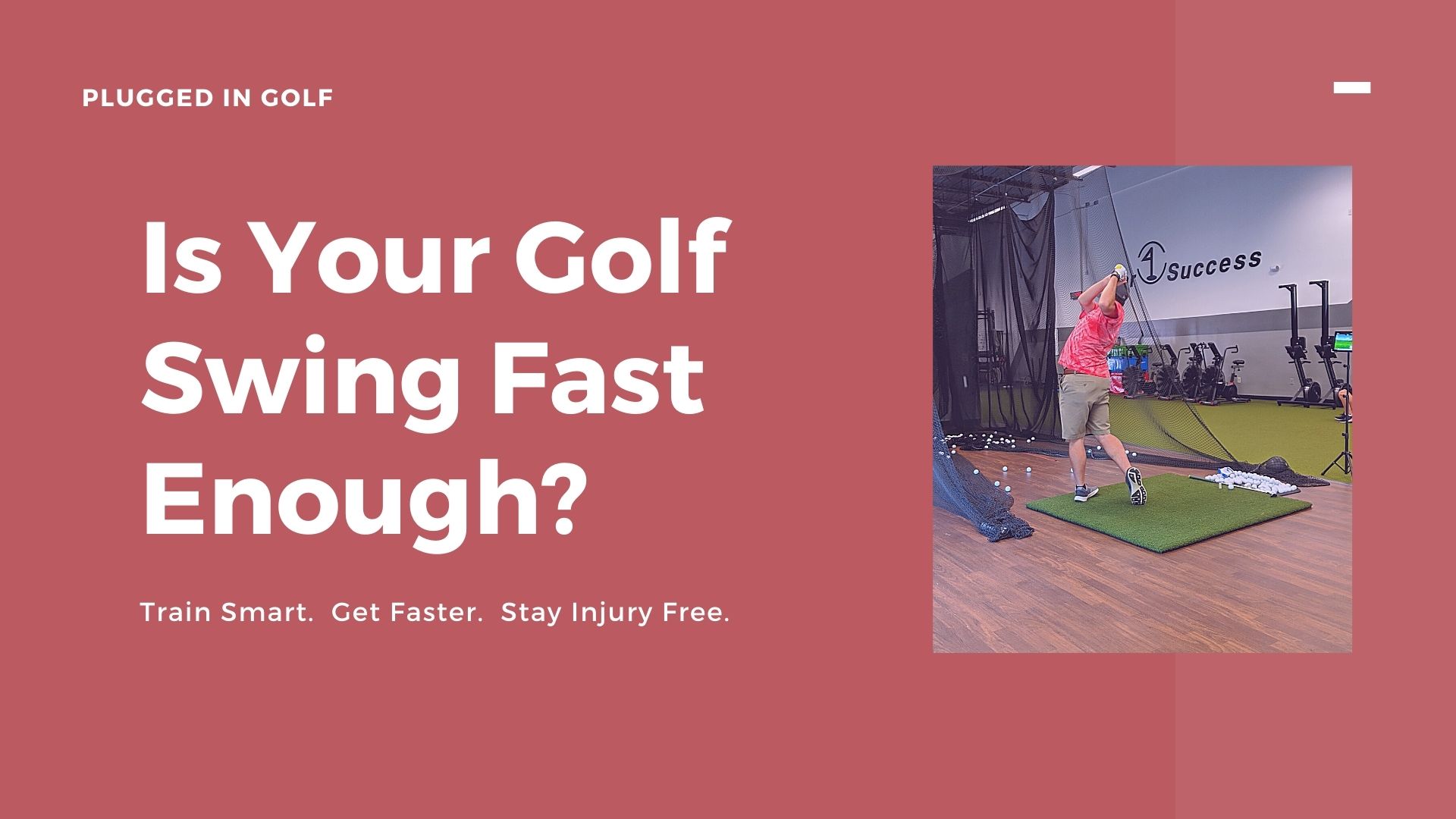

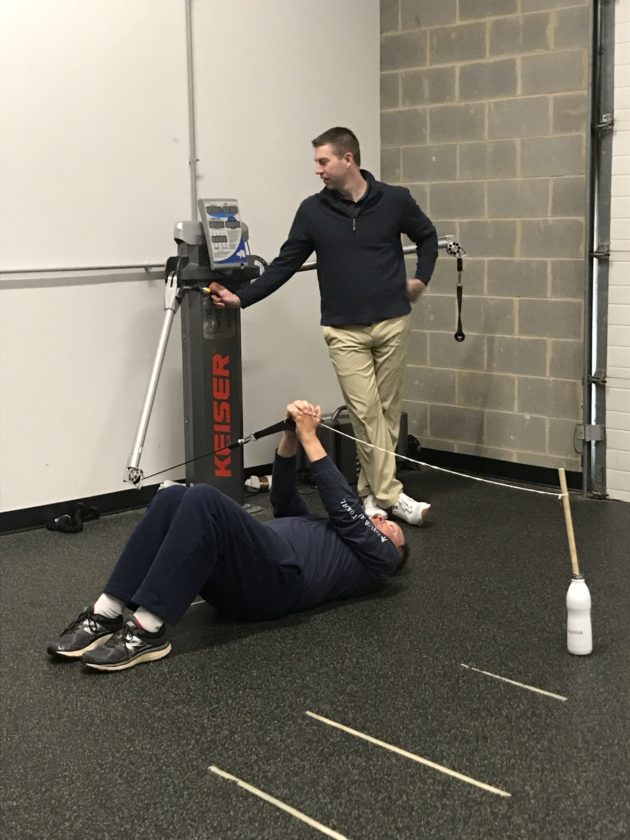

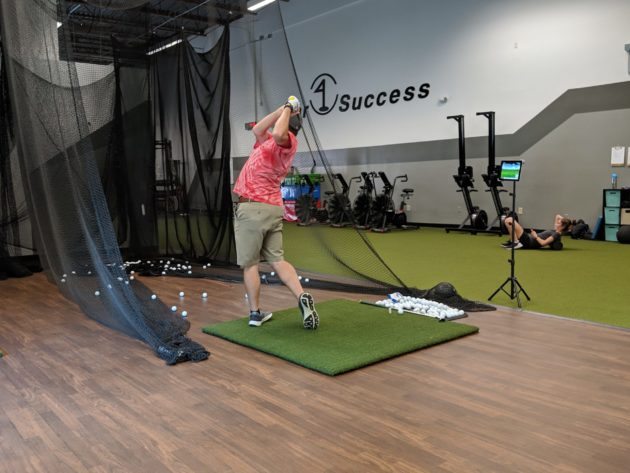
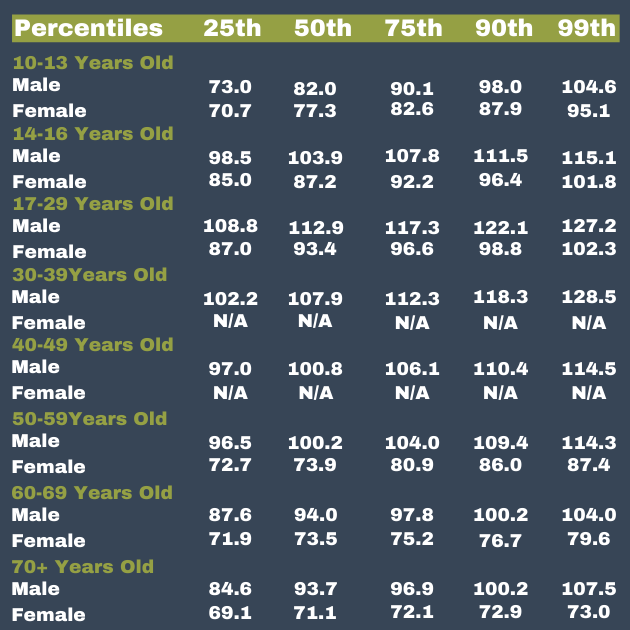
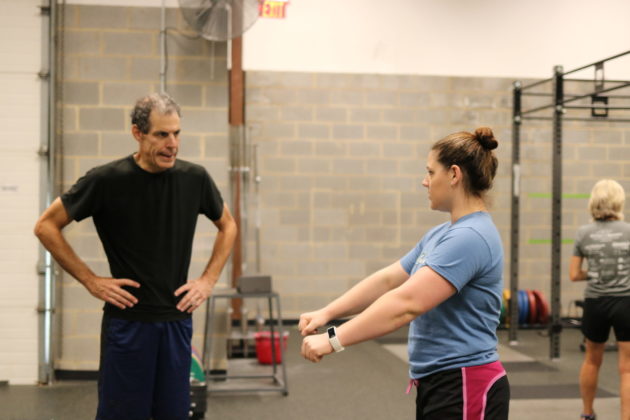

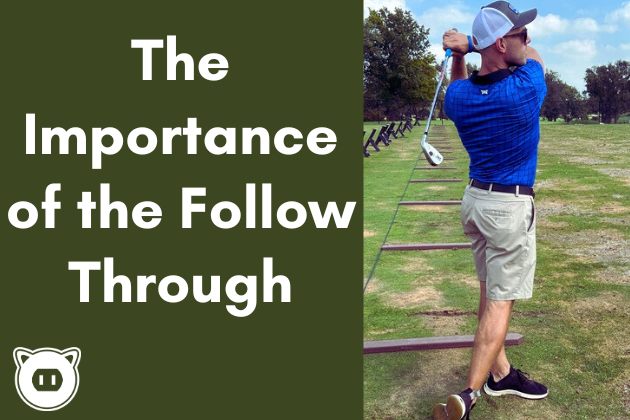
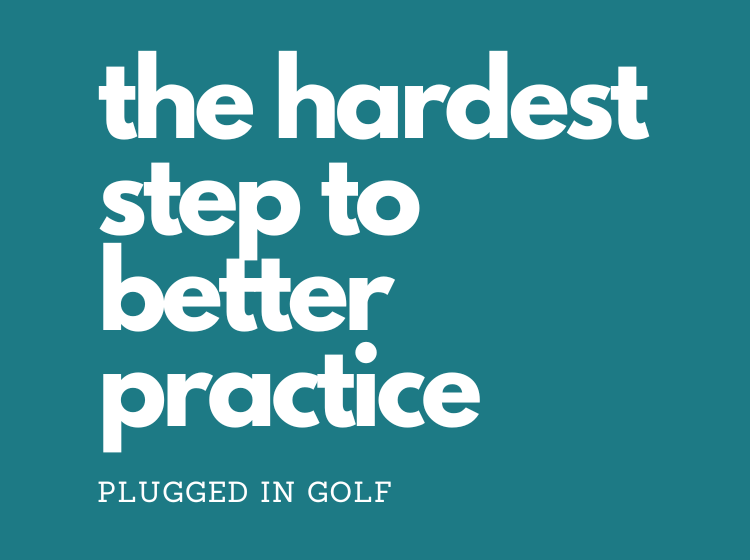









9 Comments
On the mobility test, I was close, but think I failed the neck rotation. I was a pass on the other tests.
swing speed percentiles seem a little out of whack. 112.9 mph is 50th percentile for young men? That is tour average, isn’t it?
Ted,
This sample comes from Par4Success’s clients, so I would expect the swing speeds would be slightly higher across the board because you’re dealing with golfers who are serious enough to invest the time and money to really improve their fitness.
-Matt
I found this article linked in the “How Much Training is Needed to Increase Swing Speed” article, which was in the newsletter today. However, all of the links related to par4success just take me to their website. I filled out a request for the at home test but didn’t receive the email from them, and the full report linked in this article seems unavailable. Are these resources no longer freely available?
Thanks!
Tyler,
I just reached out to Chris to get an answer. I’ll update this comment when I hear back.
Best,
Matt
Update: All the links have been updated in the post above.
Thanks, Matt!
Rory avg driver swing SPD is 122ish and led the PGA in driving last year, and you are saying 10% of 17-29 year olds can derive that swing speed? These seem completely overclocked unless this a sample of scratch golfers or better in that age group.
Sample is likely heavily biased and too small in size. Zero chance 113mph being 50th percentile is accurate for that age group when the PGAT average is 114mph.
Phil,
Please provide a link to the research you’re doing to try to help golfers.
Thanks,
Matt